Weird Beauty Tips You’d Get During The Middle Ages
Want to know what it took to look your best in medieval times? It might shock you to learn that past beauty regimens involved some downright disgusting practices, such as coating yourself in pig’s fat and using mouse fur!
Learn more about these bizarre beauty secrets and find out why people thought they worked.
Ancient Beauty Rituals: Achieving the “Plain” Look
In times gone by, women had a unique set of beauty rituals that they followed in order to achieve a simple, “plain” and “empty” face. According to For Appearance’s Sake: The Historical Encyclopedia of Good Looks by Victoria Sherrow, ladies in the medieval period would often pin their hair back as far as it could go to achieve this look.

Source: The Print Collector/The Print Collector/Getty Images
This ancient beauty ritual was done in the hope of radiating a youthful and angelic aura. Although times have changed, it is interesting to look back on history and examine the beauty rituals of yesteryear.
Don't Hide Your Forehead - Flaunt It!
Ah the good old days, when sometimes a woman needed to take drastic measures just to enjoy a smooth and hair-free forehead. No, we’re not talking about a trip to the salon; we’re talking about tweezing!
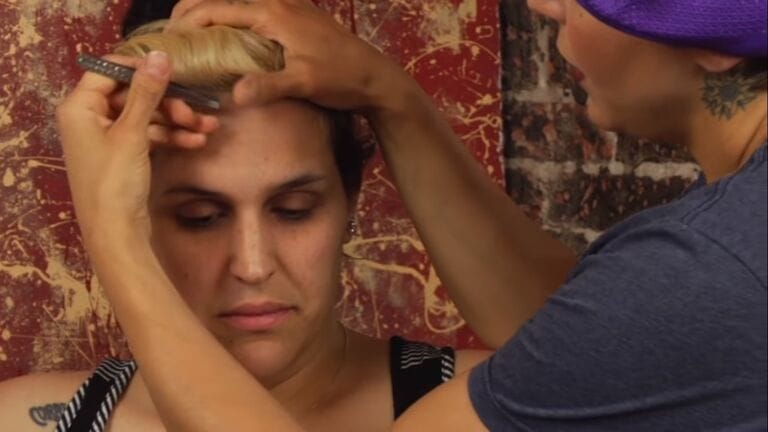
Source: YouTube/ehowbeauty
That’s right, a woman had to grab her trusty tweezers in one hand, take a deep breath and… pluck out every single hair that dared to sprout out of line. Ouch indeed! But hey, it was worth it for a hair-free forehead. Talk about dedication!
Make Your Face Look Bigger with the 15th Century Beauty Trend
Do you want to make your face look bigger? Then why just pluck your forehead when you can take it a step further? In the 15th century, women believed that removing their eyebrows gave them a look of purity.

Source: Sailko/Wikimedia Commons
As a result, they would remove their eyebrows to create an empty and bigger face. So, why not try out this ancient beauty trend and make your face stand out from the others?
Goodbye Bare Brows, Hello False Brows!
Say goodbye to the days of thin, sparse brows! And no more waiting for them to grow back if you changed your mind. False brows were the perfect solution for achieving full defined eyebrows. All you needed was some mouse or rat fur and you were good to go.
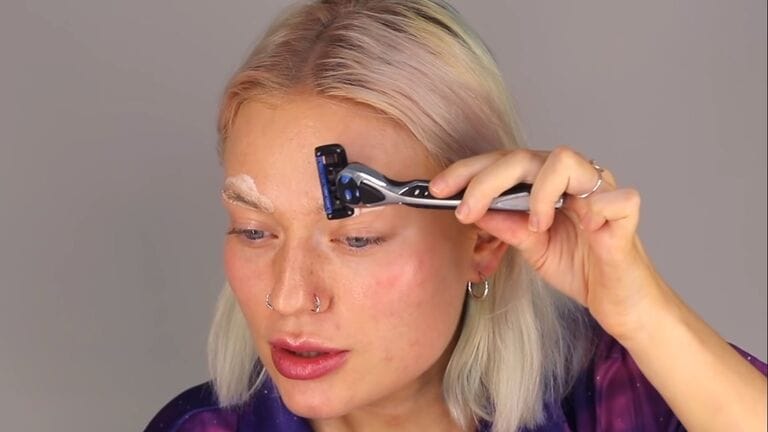
Source: YouTube/Naomi Jon
With just a simple application, you could have lush and beautiful brows in an instant. So don’t fret if you regret – false brows are the way to go!
Beauty Regimens of the Past: Unlocking the Secrets of the Trotula
Beauty regimens have come a long way since the Middle Ages. In those days, advice was limited, but the Trotula was a collection of tips and tricks that could help women achieve a more beautiful appearance.

Source: Piero di Lorenzo/Wikimedia Commons
From having fragrant breath to luxurious locks of hair, the Trotula provided valuable information for those who wanted to feel and look their best. Unlock the secrets of the past and discover the beauty regimens of the Middle Ages!
Shiny and Golden Hair in a Jiffy!
Want to achieve hair that is golden and shimmers? Look no further! The Trotula has the perfect solution for you. To create a special cleanser to wash your hair, you’ll need to burn some vines, mix their ash with barley chaff, licorice and sowbread.
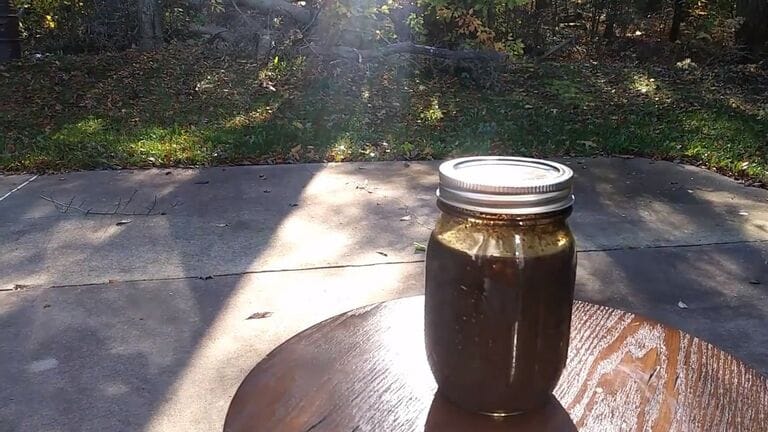
Source: YouTube/Sisters Of The Maccabees
Boil the concoction in water and use it to wash your hair. You will be amazed by the results! Get ready to flaunt your shiny and golden hair in no time.
Get That Dark Hair You've Always Wanted!
Have you been wishing for a dark head of hair, just like the people of the Middle Ages? You don’t need to travel back in time, because now you can get your dream hair from the comfort of your own home, just like in the past!

Source: Dulwich Picture Gallery/Wikimedia Commons
No more running to the salon and no more expensive treatments – just simple, natural solutions to achieve the dark hair you’ve always desired. So why wait? Get the dark hair of your dreams today!
Natural Hair Dye - The Chestnut and Walnut Way!
Want to give your hair a darker shade without using chemical dyes? The answer might be closer than you think! With just some common nuts and roots, you can make a natural dye that will give your hair a darker hue.

Source: YouTube/Katie Shindig
Chestnuts and walnuts are great options for this, as they are known to be effective in coloring hair. Simply mix them into a paste and apply it to your hair – you’ll have beautiful, dark locks in no time!
From Pale to Bronze – The Evolution of Fake Tan
The Middle Ages were a time when having clear, pale skin was in vogue, unlike today where many favour the bronzed look. Individuals back then did the inverse of fake tanning and attempted to lighten their skin.

Source: Hans Memling/Wikimedia Commons
Fast forward to today and fake tan is everywhere, with the popularity of sun-kissed skin showing no signs of waning. So, take a step back in time and explore the evolution of fake tan, from pale to bronze.
The Medieval Obsession with Pale Skin
In the Middle Ages, some women were determined to achieve the perfect pale complexion. While their skin could only get so light, they took it one step further by powdering their arms white and drawing blue veins on them.

Source: YouTube/Arpita Nath
It might sound absurd to us, but for those ladies it was a sign of beauty and sophistication. So, the next time you’re looking at the pale winter hue of your complexion, remember it was a thing of beauty in the Middle Ages!
Achieving Golden Locks Like an Angel in Medieval Times
In medieval times, having blonde hair was also a sign of beauty and highly sought. Many ladies of the era wanted to emulate the angelic look with golden locks, so they turned to various techniques to achieve this.

Source: Neroccio di Bartolomeo de' Landi/Wikimedia Commons
One method involved combining alum, black sulfur, and honey and applying it to the head before sunbathing. With a little bit of patience and care, women of the period could attain the beautiful angelic hair they desired!
Unlock the Magical Power of Opals for Beautiful Blonde Hair
Have you ever wondered how to keep your hair light and blonde? In the past, people believed opals could do the trick! Women of the era would wear necklaces made with opals, believing that the gemstone had the magical power to keep their hair light.

Source: Raphael/Wikimedia Commons
While some of their methods may have been based more in fantasy than reality, they still held hope that opals could be the answer. Unlock the magical power of opals and enjoy a beautiful head of blonde hair!
Medieval Solutions for Dandruff!
Tired of dealing with an itchy, flaky scalp? Believe it or not, people were just as worried about dandruff in medieval times as we are today. To help ease the symptoms, they concocted their own treatments.
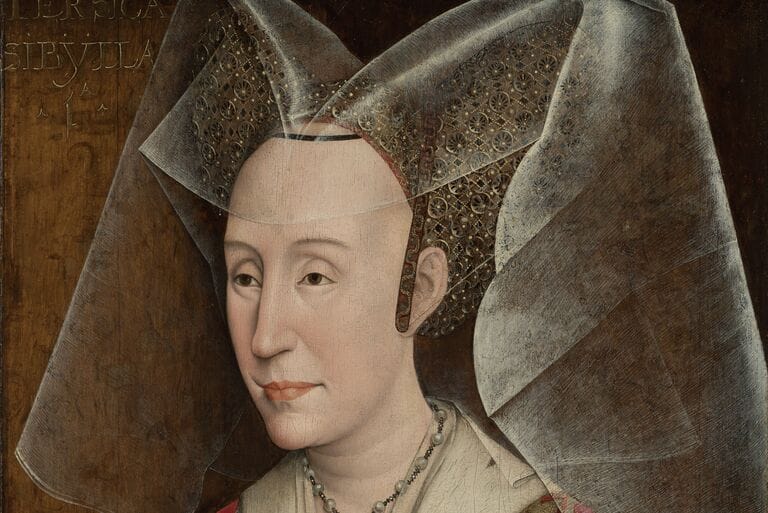
Source: Rogier van der Weyden/Wikimedia Commons
For instance, some would use a plant called cleavers to help soothe the scalp, while others would juice beets and mix the liquid with vinegar and water. Take a step back in time and give one of these medieval solutions a try!
Ancient Remedy for Dandruff Discovered!
Archaeologists have made a remarkable discovery – evidence of an ancient remedy for dandruff! In 2018, a human skeleton was discovered on Spain’s Balearic Islands, showing signs of a centuries-old tea made with fern leaves that was used to treat not only dandruff but also kidney stones and alopecia.
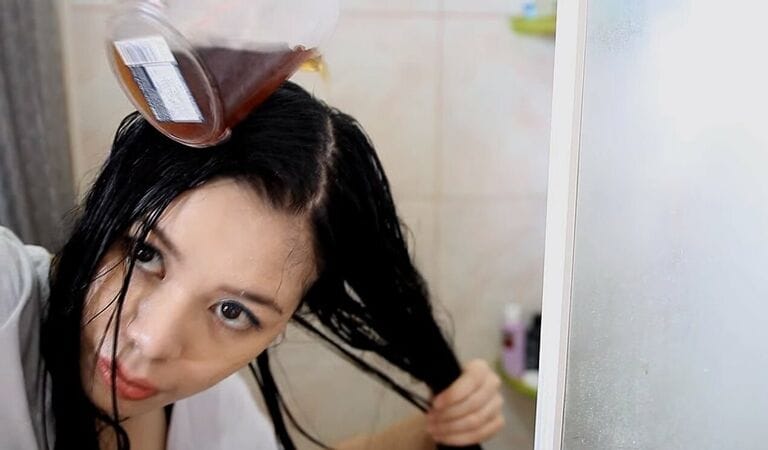
Source: YouTube/beautyklove
This brew had been mentioned in ancient documents, but physical proof was absent until now. This incredible find has given us an insight into the ingenious ways our ancestors used natural remedies to maintain their wellbeing.
Unlock the Secret of Ancient Hair Care
Revive your hair to its former glory with a secret from the Middle Ages! Yes, you heard it right – onion juice! This age-old remedy was used to maintain healthy hair centuries ago and it is still as effective today.
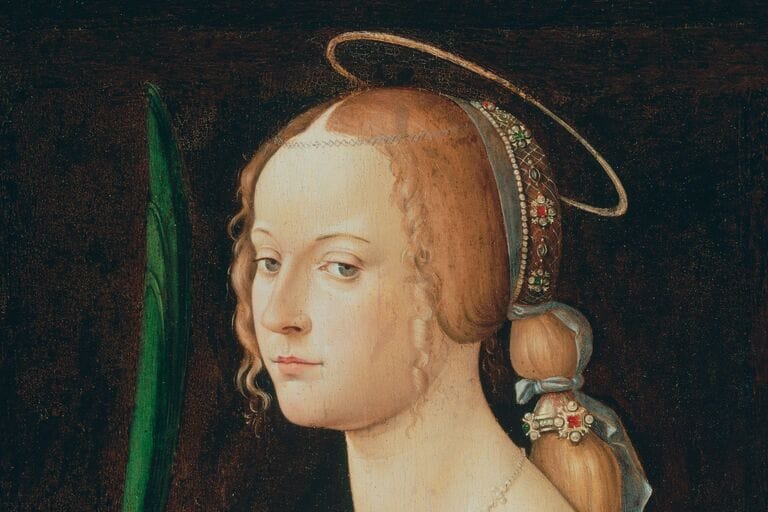
Source: Bartolomeo Montagna/Wikimedia Commons
Instead of today’s modern strawberry, coconut, and mint scents, people would add onion juice to their head and then sit in the sun. Unlock the ancient secret of hair care and bring your locks back to life!
Natural Hair Blonding with Onion and Sheep Pee!
Looking to lighten your hair without harsh chemicals? Believe it or not, onions can be used to create a beautiful blonde hue! All you need to do is combine the onion skin with saffron and sheep pee!

Source: YouTube/Naturally Fina
Yes, it may not sound pleasant, but if you want those golden locks, it’s worth a shot! So why not give this natural hair blonding method a try? Who knows, you might be pleasantly surprised by the results!
Acne: A Story as Old as Time
Acne has been a problem for many people throughout history – even those depicted with blemish-free complexions in those old paintings! While it may seem like a modern-day issue, it has been around for much longer. People of the past suffered with acne just as much as we do today, if not more so.
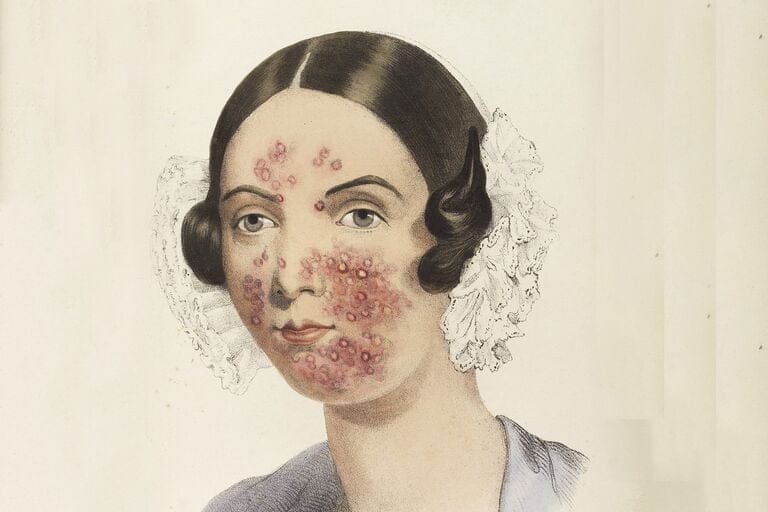
Source: Wellcome Collection gallery/Wikimedia Commons
Despite the absence of today’s modern treatments, many found ways to cope with their skin issues. Find out how they remedied acne in times gone by.
A centuries-old Remedy: Treat Acne with Curdled Milk!
Treating acne has been a challenge for many people for centuries. But our ancestors had a unique way of dealing with the skin condition – curdled milk! This remedy has been around since the Middle Ages and was used in ancient Egypt.
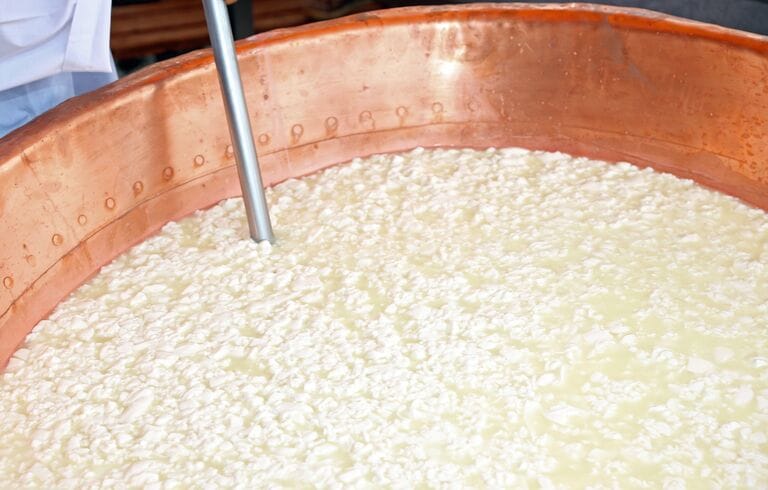
Source: ChiccoDodiFC/Getty Images
Surprisingly, it is not just a crazy idea. Lactic acid, which is produced from curdled milk, is actually believed to be effective against acne. So why not give this centuries-old remedy a go?
A Stylish Accessory for Medieval Men: Padded Stockings
Back in the days of medieval Europe, having well-formed legs was a source of admiration for men. If their calves weren’t quite up to the mark, some wealthy individuals decided to take matters into their own hands. They opted to wear padded stockings to fill out their legs and make them appear more shapely.

Source: Anthony van Dyck/Wikimedia Commons
Even the famous English monarch of the time was described as having this stylish accessory. So if you were a distinguished man in the Middle Ages, padded stockings were part of your wardrobe repertoire!
Henry VIII - The Handsomest Potentate
Henry VIII was a sight to behold! A diplomat from Venice named Pasqualigo, who had the pleasure of setting his eyes on the king, wrote glowingly of the king’s stature and complexion.

Source: Hans Holbein/Wikimedia Commons
He mentioned that Henry VIII was above the usual height, with an extremely fine calf to his leg, his complexion very fair and bright, and his auburn hair combed straight and short, in the French fashion. In his words, Henry VIII was the “handsomest potentate” he had ever seen.
Achieve a Flawless Pale Complexion with Eggs!
Are you looking for an easy way to achieve a perfect pale complexion? Look no further! According to medieval Trotula medical texts, you can get the skin of your dreams with just a few simple ingredients.

Source: Jan van Eyck/Wikimedia Commons
Soak an egg in some potent vinegar until the shell has softened, then mash it together with white mustard and ginger. Apply this to your face and you’ll have a beautiful complexion in no time. Get a step closer to the perfect you today!
Get Clear, White Skin with a Lily Root Bath!
Are you looking for an additional way to get clear, white skin? Look no further! You can achieve this with a simple lily root bath too. All you have to do is grind some lily root and add it to your vinegary eggs. Then apply the mixture to your face before taking a bath.
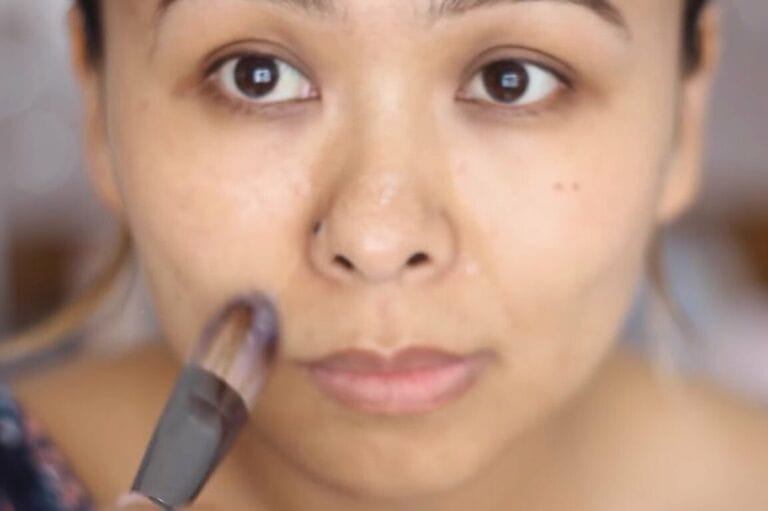
Source: YouTube/TiTi s Corner
Once you have finished, wash your face clean and you will be amazed to see the results. You could emerge from the bath with clear, white skin, ready to take on the world. Give it a try and you won’t be disappointed!
Unveiling the Truth: Uncovering the Dark History of Makeup
In the past, wearing makeup was seen as an act of deception and could lead to punishment by the law. Women were often subjected to violence and even humiliation for daring to enhance their natural beauty this way.

Source: Göran Schmidt/Wikimedia Commons
This harsh reality meant that many were forced to suppress their desire to express themselves through cosmetics. Fortunately, this oppressive attitude has since faded away, allowing women to freely celebrate their beauty and show the world their true selves.
Adding Color to the Face of Purity: The Creative Solution of Women in the Past
In the past, certain paler shades were associated with the concept of purity. However, this didn’t stop some women from finding creative solutions to add some much needed color to their faces.
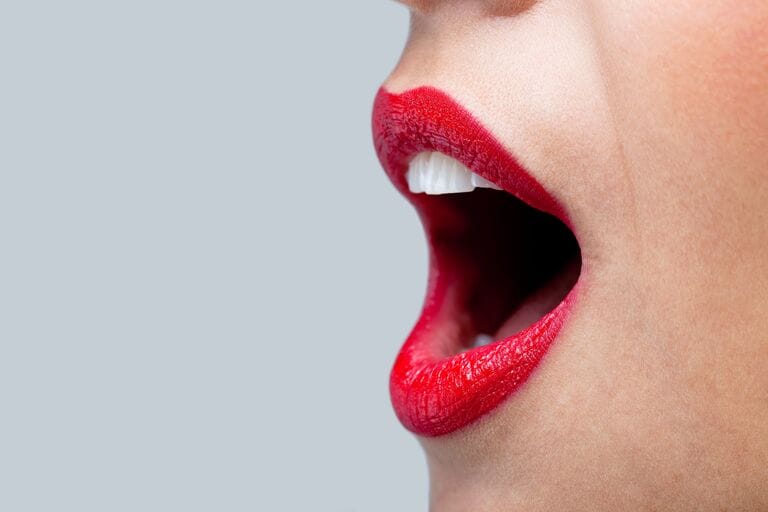
Source: RTimages/Getty Images
Through the use of roots and berries, these women were able to craft their own natural lipsticks and make a bold statement about their beauty. In doing so, they created an inspiring example of creativity within the boundaries of the accepted standards.
Ancient Beauty Secrets to Reduce Wrinkles
Do wrinkles make you feel down? Have you been searching for an effective remedy? Look no further than the ancient beauty secrets of the Middle Ages! The Trotula was an ancient beauty guide that suggested using a “stinking iris” plant as a way to reduce wrinkles.

Source: Bartolomeo Passarotti/Wikimedia Commons
All you had to do was cover your face in the plant’s juices and you were good to go. So if you’re looking for an easy and simple way to reduce wrinkles, why not try the ancient beauty secret of the Trotula!
Treat Skin Eruptions with Lily Root Ointment
According to the Trotula ‘bible’, after using the stinking iris plant on the skin as prescribed, the skin would then erupt. After this occurred, the cream made from the root of a lily would be applied, and finally the face would be exfoliated.
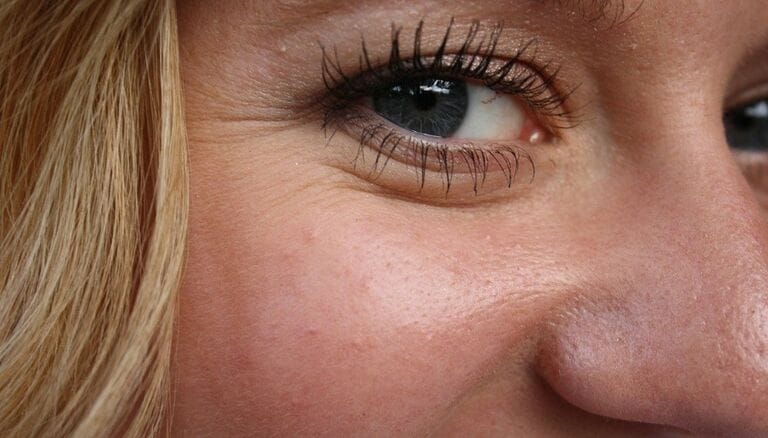
Source: kelseyannvere/Pixabay
After this treatment the skin would appear fresh, clear and rejuvenated, leaving you with the most perfect of radiant glows!
Erase Blemishes with Cucumber Juice!
In the past, blemishes on the skin such as moles, birthmarks and freckles were viewed as a sign of evil. Women with these features were accused of being witches, so it was important to hide them.
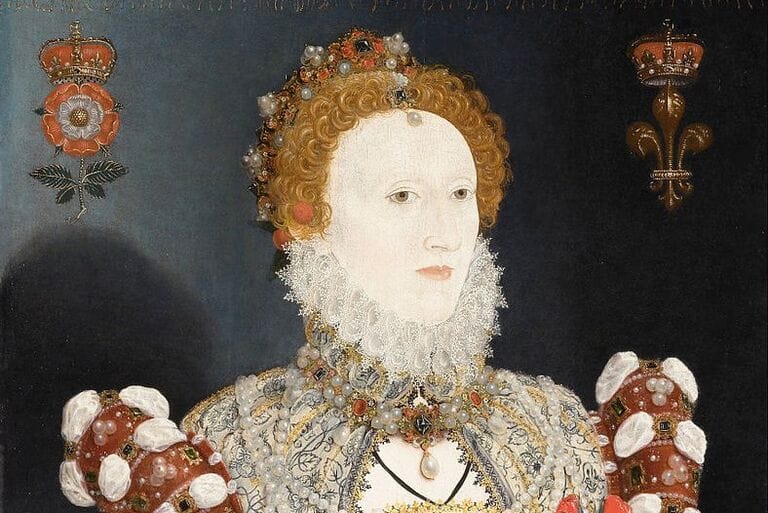
Source: Nicholas Hilliard/Wikimedia Commons
Thankfully, cucumber juice is a natural remedy which can help reduce blemishes and give you a clear complexion! Not only is it good for your skin, but it’s also refreshing. So why not give it a try and give yourself the confidence to face the world?
Discover the Secret to a Freckle-Free Skin!
Fed up of having to cover up your freckles? Need a quick and easy fix? Look no further! While cucumber juice was believed to be an effective solution for freckles, if you were game and looking for something a little different, a mixture of boiled oats and vinegar, or the blood of a hare or bull also did the trick.
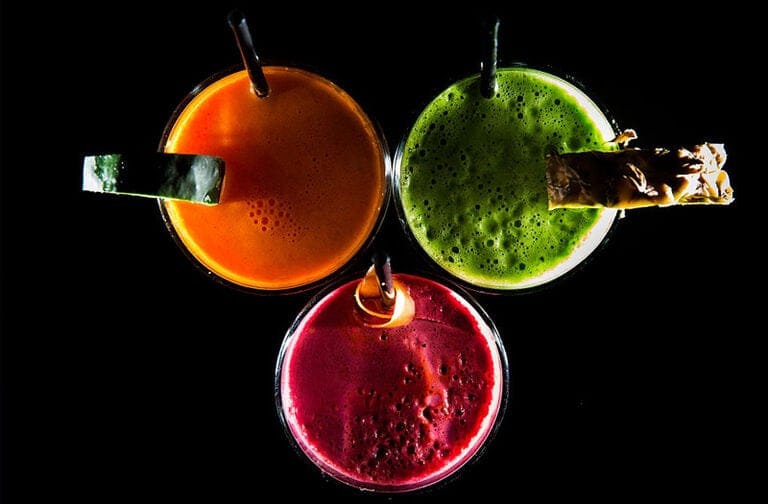
Source: Jay L. Clendenin/Contributor
Give one of these methods a go and get ready to show off your beautiful, freckle-free skin!
Uncovering Hygiene Habits from the Middle Ages: Soap Then and Now
As we look back to the Middle Ages, it’s easy to assume that hygiene wasn’t a priority. Surprisingly, people of the time had their own ways of staying clean. Believe it or not, soap was one of them!
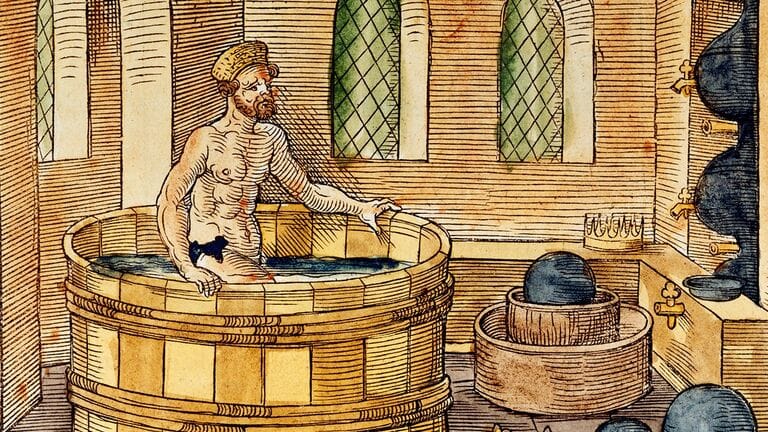
Source: Ann Ronan Pictures/Print Collector/Getty Images
Though it wasn’t as fragrant and vibrant as the soaps we use today, it still served its purpose. So, while hygiene habits have changed over the centuries, it’s clear that people have always taken steps to stay clean.
Revealing the Secret of Castile Soap
Did you know that Castile soap has a medieval origin? In the Middle Ages, soap was made from a combination of ash and fat from cows or sheep, making it far from fragrant.
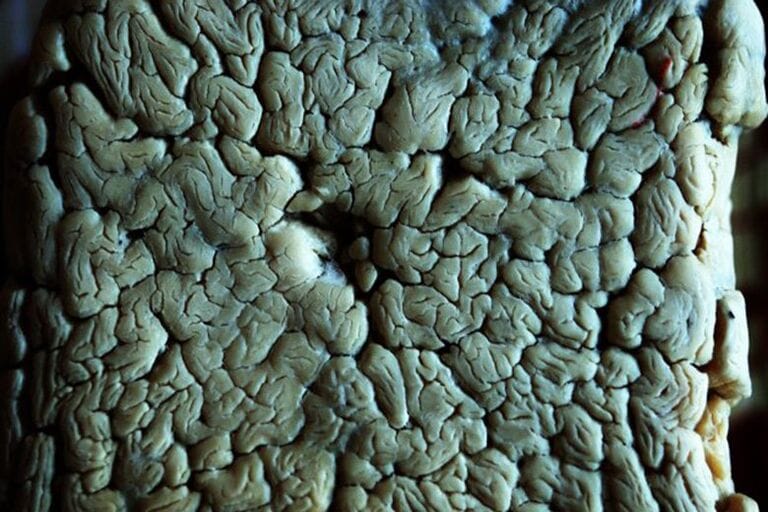
Source: Christophe.moustier/Wikimedia Commons
However in Spain soap was made from olive oil, giving us the Castile soap that we know and love today! Whether you use it for cleaning, bathing, or shaving, you can now enjoy a fragrant, natural soap with a unique history.
Unveiling the Beauty of Medieval Hair: Aromatic Care for the Affluent
In the Middle Ages, women of a higher social class were expected to keep their hair hidden under veils. Although it was not seen, it was still important for their hair to smell good.
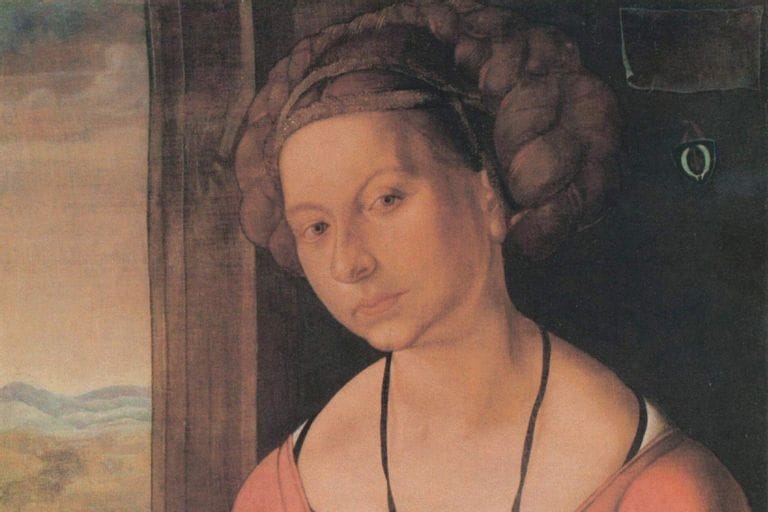
Source: Albrecht Dürer/Wikimedia Commons
To satisfy this requirement, many would apply delightful scents such as nutmeg or cloves to their tresses. Such fragrances were part of the beauty routine of many affluent women during this era. An aromatic reflection of their status and sophistication!
A Medieval Solution for Fresh Breath
In the Middle Ages, good hygiene standards may not have been up to modern-day standards, but people still found ways to keep their breath smelling fresh. One such solution was to grind the end of myrtle berries into wine and consume it.

Source: fotoco-istock/Getty images
This Medieval remedy was said to be good for the gut and the breath! So if you ever find yourself in need of a fresh breath fix, why not try this Medieval solution?
A Miracle Hair Potion: Treat Hair Loss with Wine from the Medieval Era
Hair loss was a big issue even centuries ago! In the Medieval era, people created a range of treatments to counter this problem, with many involving the use of wine. Yes, you read that right!
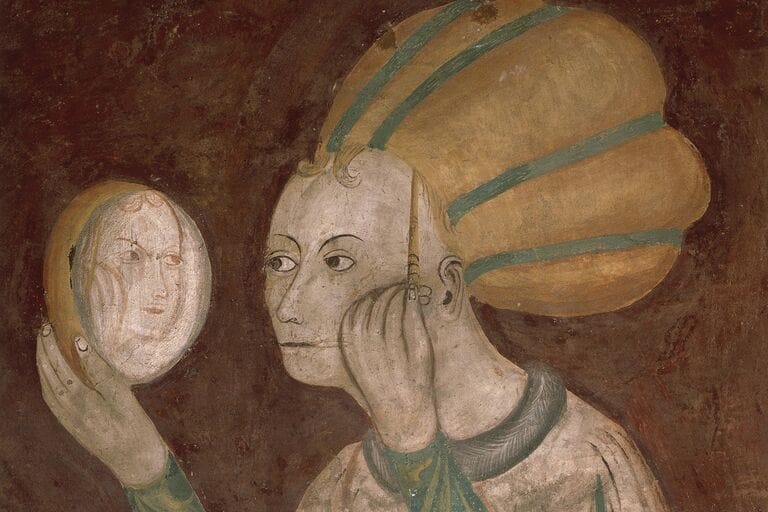
Source: DeAgostini/Getty Images
Believe it or not, there was a time when people used wine to strengthen their hair and keep it on their heads. Talk about a sweet remedy for thinning hair! Who knew that such a delicious drink could have a positive effect on hair growth?
Rejuvenate Your Hair with Natural Remedies!
Are you looking for natural remedies to improve the health of your hair? Look no further! Try combining wine with aloe vera, white maidenhair fern, or walnuts to make a tonic for your hair.

Source: YouTube/OPT FOR ORGANIC
For the more daring, pig fat mixed with hound’s-tongue leaves is a great remedy. Peach tree kernels and the burnt ashes of southernwood are also effective. Give these unique remedies a try for the best results!
Beauty Comes with a Price: The Dangers of Makeup in the Middle Ages
It was no easy task to look your best in the Middle Ages – the makeup of the era was not only challenging to acquire, but also potentially dangerous. From lead to mercury and a variety of acids, some of the components in medieval cosmetics were toxic, and users risked becoming ill or deformed from their use.

Source: François Clouet/Wikimedia Commons
Fortunately, modern makeup is much safer, so we can all enjoy looking our best without worrying about the consequences.
Deadly 'Kiss of Death': The Dangerous Secret of Aqua Toffana
The dangers ancient makeup posed however could also be weaponized, and Aqua Toffana was the ultimate weapon of its time. Women in the mid-17th century would sometimes knowingly apply this toxic make up to their faces, so their husbands would ingest the deadly poison when they kissed.

Source: Perfect World Pictures
The consequences of such a deadly act could be permanent, yet some women chose to use this substance as a means of getting rid of their husbands. A warning to all husbands – beware the ‘Kiss of Death’!
A Strange Beauty Treatment from the Middle Ages
We’re all familiar with those greasy drippings from cooking pork. It’s certainly not something you’d want smeared on your face… or is it? Believe it or not, some people in the Middle Ages thought that pork fat was the perfect ingredient for a beauty treatment!

Source: Art Media/Print Collector/Getty Images
They used the grease to create an ointment that they then applied to their faces. Who knew that something so smelly and unappetizing could be a luxurious spa experience!
Put Some Flowers in Your Hog Grease
If you’re grossed out at the thought of applying this hog grease to your skin, the good news is that this ointment used to be somewhat diluted by the addition of flowers and water.
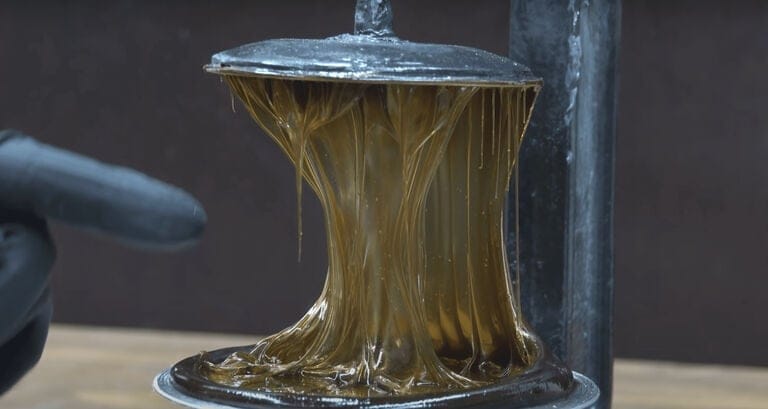
Source: YouTube/Project Farm
So, if you don’t want to miss out on the benefits of hog grease, but are put off by the smell, simply add a bit of floral fragrance to it, making your skincare routine a little more pleasant.
Get Rid of Pesky Lice the Medieval Way
Are you struggling to get rid of those pesky lice? If so, you’re not alone. People in the Middle Ages had their own unique methods to tackle the problem. First, they’d try to remove the lice using a comb with very narrow gaps between its teeth.

Source: English Heritage/Heritage Images/Getty Images
This would be followed by a variety of treatments, such as applying a mixture of herbs and oils to the scalp. Whether or not these treatments were effective is unclear, but it’s clear that people in the past went to great lengths to get rid of lice.
Herbal Remedies to Fight Lice
In the olden days, when lice infestations were a common problem, people had to resort to some creative solutions. One of the remedies was to mix hog grease with juice extracted from a broomrape plant.
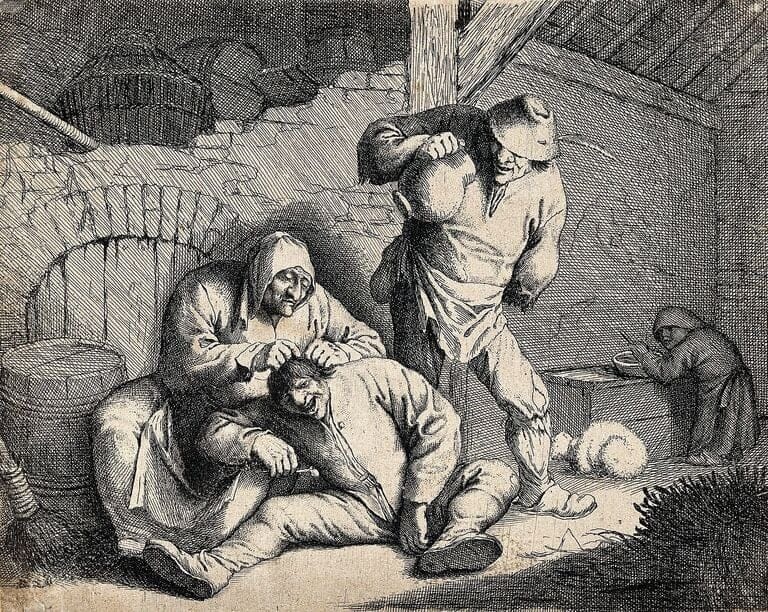
Source: Wellcome Images/Wikimedia Commons
Another remedy was to add parsley and different seeds to the hair. This had the potential to either eradicate lice or else grow a herb garden on your head! Who knew that it could be that simple to treat lice.
